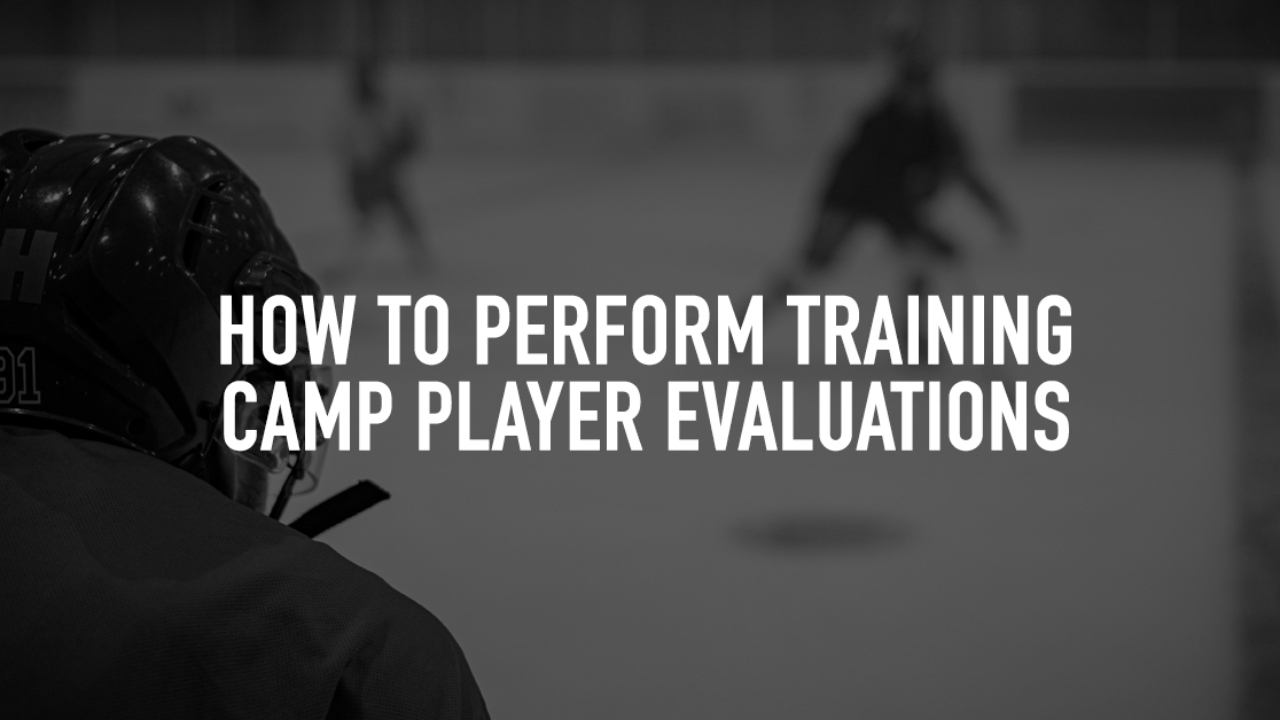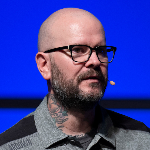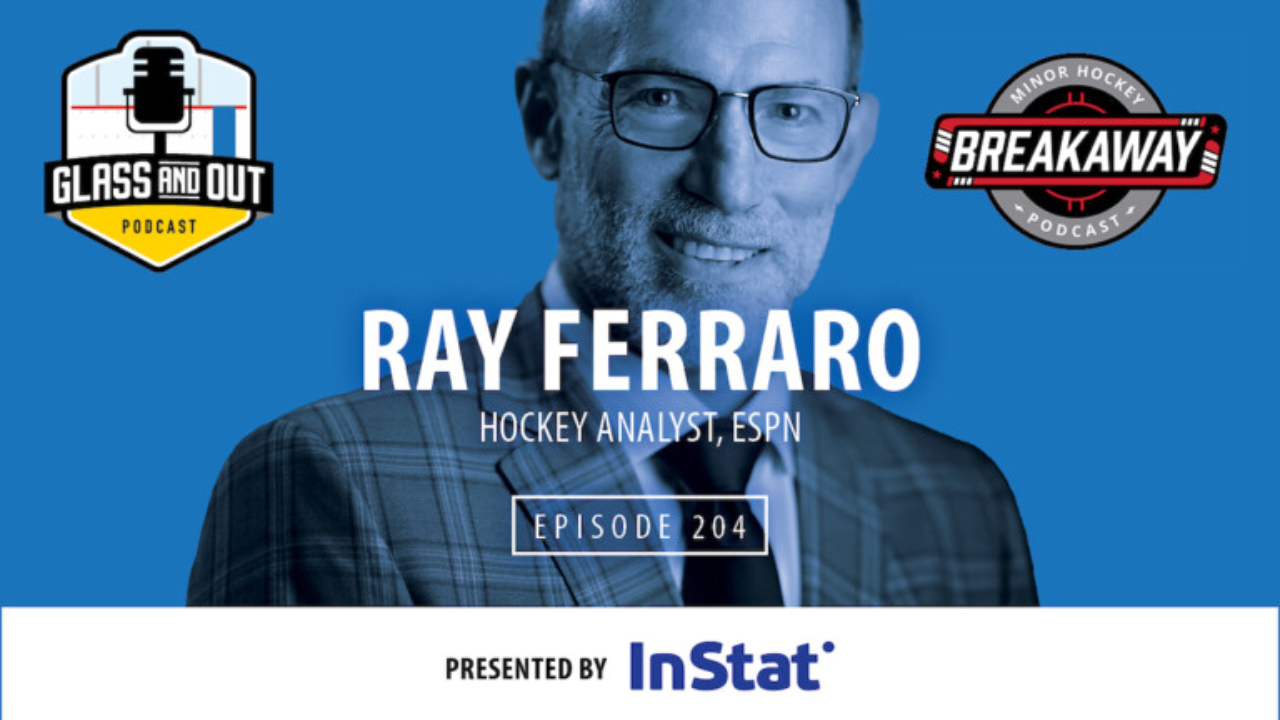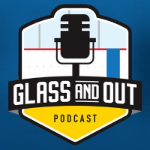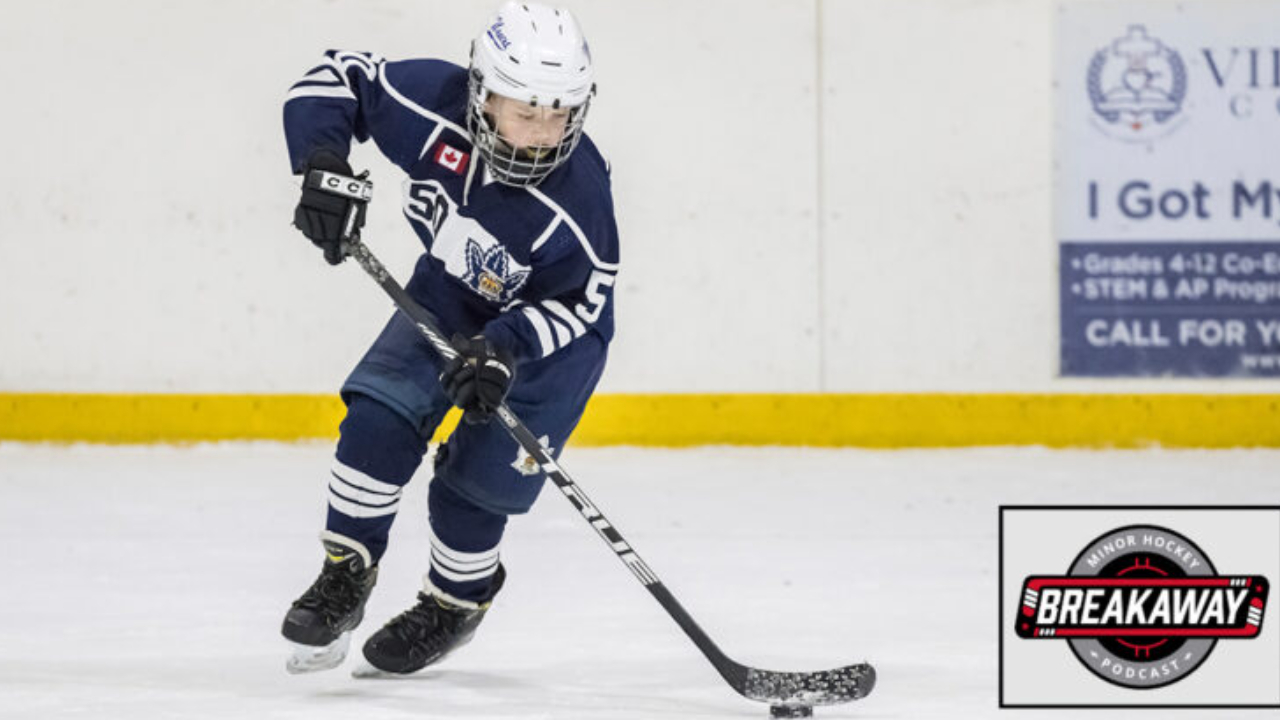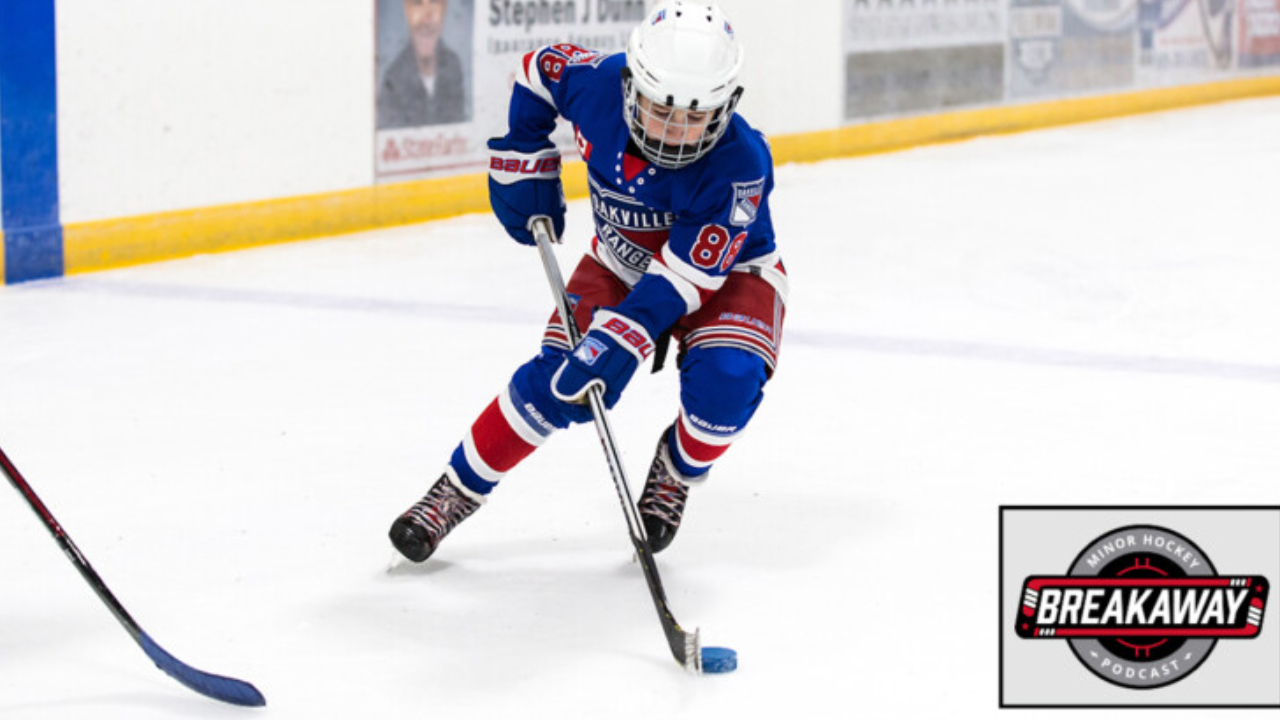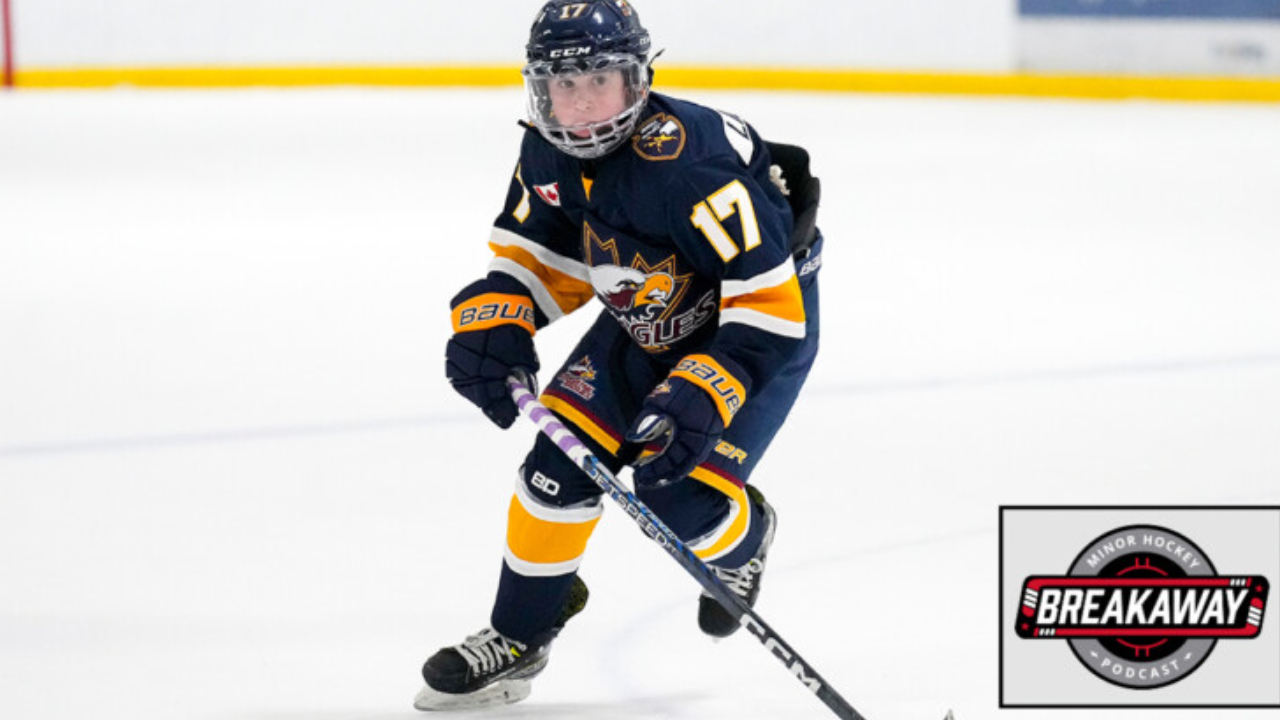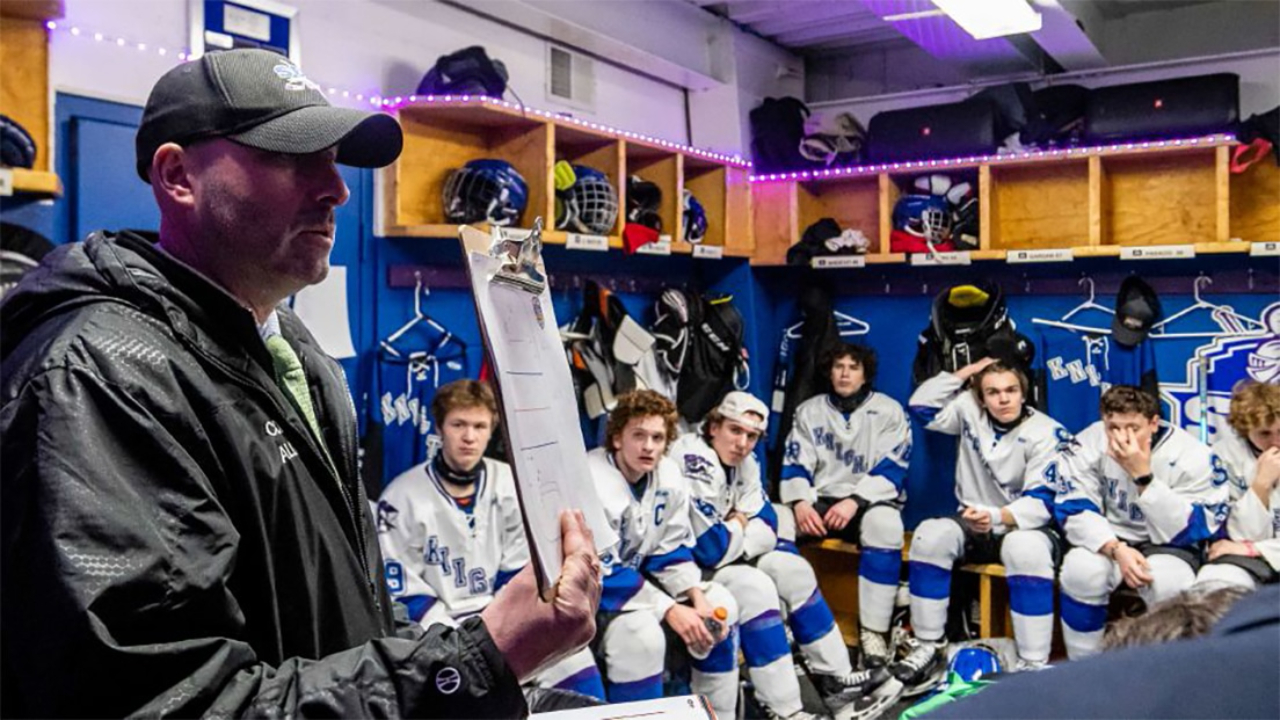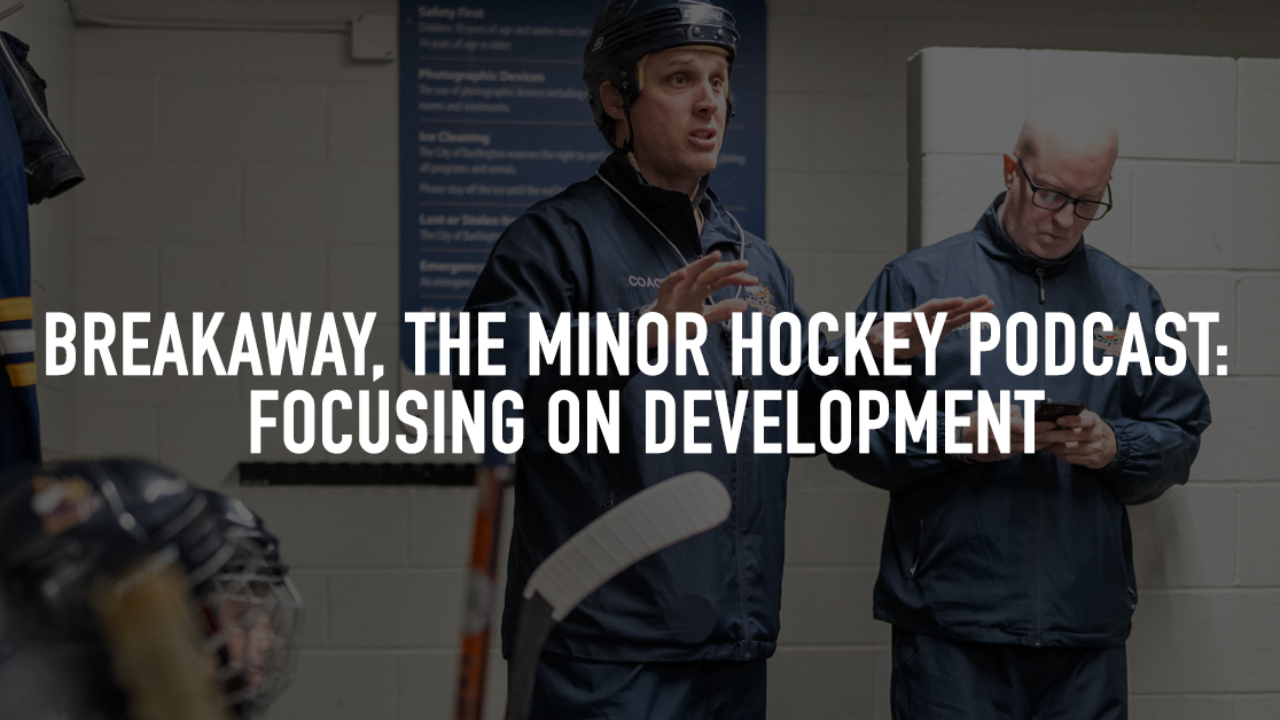
Aaron Wilbur and Ian Taylor catch up after the off-season and chat about the Player Pathways as skaters return to the ice for another year of minor hockey.
Subscribe: Apple Podcasts | Spotify | Google Podcasts
The Coaches Site is proud to welcome the OMHA’s Breakaway, the Minor Hockey Podcast to our network of podcasts! Stay tuned for weekly episodes, as Aaron Wilbur and Ian Taylor sit down with the leaders of hockey to discuss everything from scoring more goals to how to grow the game from the minor hockey perspective.
As the puck drops on another season the OMHA continues to follow Hockey Canada’s Player Pathways, which divides the season into five phases. They cover a player’s first step back onto the ice all the way to the final buzzer of their last game. This development model was designed to reduce the stress of the season start-up and ensure a longer, more meaningful calendar.
The Player Pathways are a framework that allows everyone to ease back into hockey in the Fall, so that those who chose to do other activities in the summer aren’t diving head first into the deep end of evaluations.
In the NFL, players open mini camp without pads at practices. There are limits to the amount of contact on the field and hours that can be spent at the facility. All of these is designed to prevent burnout and injuries, so that everyone is ready to play once the season starts.
The framework also provides a path to follow for the best experience for the highest amount of players.
“We all have to go into this with an ‘us’ mentality. The countries that develop the best players have that mindset that it’s about making sure the pals you play your first game with, those are the same that you play your last game with,” said co-host Aaron Wilbur on Breakaway, the Minor Hockey Podcast.
No matter if a player ends up playing recreational or a representative stream of hockey, we need to give the youngest players the same start in the game.
“We need to give them the same foundation. They’ll then go wherever they need to go,” said co-host Ian Taylor, Executive Director of the OMHA. “That’s the absolute key, and I’d shout that from the rooftops.”
Hockey, and youth sports, is a lot like school. There is a, age-appropriate curriculum for every grade. Students aren’t in the classroom for 12 months of the year.
“We’re not teaching calculus to grade fives,” said Taylor.
In the Pathways, the season is broken up into modules and areas of focus during each part of year.
“The framework is not about what you say ‘no’ to. When you’re starting out at the grassroots levels, it’s infinite the amount of things you can work on. If you try and do everything at once, you get nowhere,” said Wilbur. “Good coaches understand that they don’t need to worry about all that stuff, and focus on the key fundamentals, get excellent at those, and down the road all the other skills are going to be a lot easier to acquire.”
The Pathways don’t force players to not play hockey during the summer. Kids can still work on their skills in the off-season. Hockey camps remain popular. It gives players the option of not needing to play any hockey at all.
It means you’re not playing hockey all summer the same way you would during the season in the winter.
Last year, teams in the OMHA played meaningful hockey past March 1st. The season was longer with games that were important all the way to the end, instead of being eliminated in the first round in January.
“To me, that’s the wins to the collective, that’s the win to developing the pool and having a foundation,” said Taylor.
The Pathways also include a mandatory seasonal break over the December holidays, with no league play permitted. If teams choose, they can practice or enter tournaments to stay on the ice. It allows for family time away from the rink to recharge without missing any season games. This is a common practice in sports, with a similar break occurring the in NHL’s calendar.

